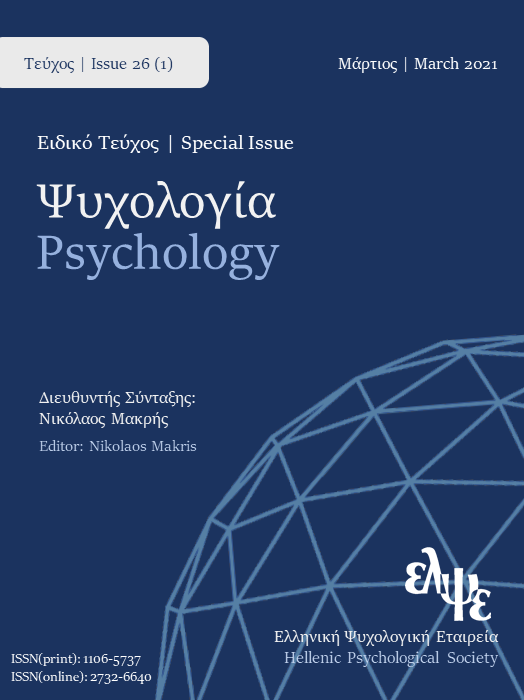Interactive relations among time, music and emotion

Abstract
Research so far has shown that the emotional content of information affects time perception, through the mechanism of subjectivisation (i.e. shrinking or expanding temporal duration as a result of positive and negative emotional valence, respectively). Additionally, preliminary studies suggest that musically trained individuals compared to untrained ones tend to make more accurate duration judgements. Finally, it is known that music can induce specific moods; two of the main factors that determine the relationship between music and emotion are the structural features of the song and the features of the listener. However, it is not clear whether any interactive relations exist among these factors. In this study we attempted to address this particular gap in our current knowledge. As neuroscience studies show, when non musicians are listening to music there is activation of right cerebral areas while musicians show left hemispheric dominance. Right cerebral areas are
related to the recognition and the expression of emotions and their activation suggests a cognitive processing based on the emotional valence of songs. Thus, it seems that musical training affects emotion
(by inducing certain moods) that, consecutively, affects time estimation.
Article Details
- How to Cite
-
Samartzi, S., & Panagiotidi, M. (2020). Interactive relations among time, music and emotion. Psychology: The Journal of the Hellenic Psychological Society, 18(1), 104–116. https://doi.org/10.12681/psy_hps.23711
- Issue
- Vol. 18 No. 1 (2011)
- Section
- THEORETICAL REVIEWS

This work is licensed under a Creative Commons Attribution-ShareAlike 4.0 International License.
The journal PSYCHOLOGY adopts a Platinum open-access policy. Submission, processing or publication costs are waived by the Hellenic Psychological Society. Papers published in the journal PSYCHOLOGY are licensed under a 'Creative Commons Attribution-ShareAlike 4.0 International' licence. The authors reserve the copyright of their work and grant the journal the right of its first publication. Third-party licensees are allowed to use the published paper immediately after publication as they wish, provided they retain the defined by the license copyright formalities, regarding the reference to its author(s) and its initial publication in the journal PSYCHOLOGY. Moreover, any adjusted work should be shared under the same reuse rights, so with the same CC license.




